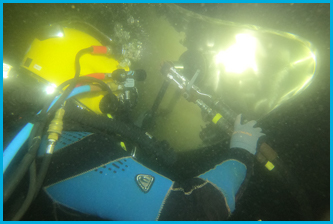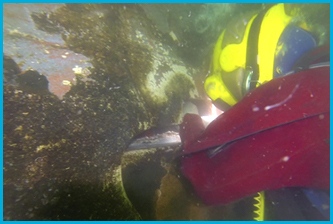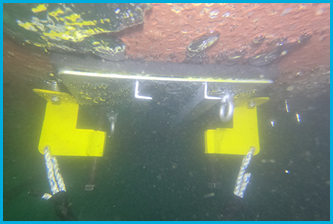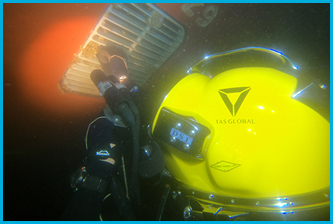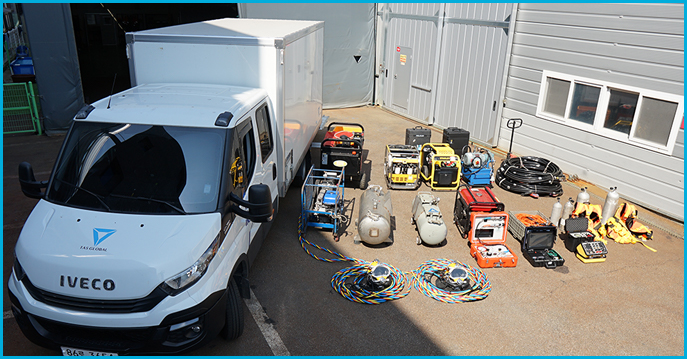BUSINESS
TECHNICAL STATUS
NOTICE
CONTACT US
BUSINESS
TECHNICAL STATUS
NOTICE
CONTACT US
Our robot system and its operational process have been tailored thoroughly for underwater vessel cleaning. Our robot is the world’s only robot that can be attached to a vessel firmly without damaging the vessel, cleaning it thoroughly and moving freely even on a curved surface. We operate our robots with various sensors and six cameras attached to all sides. The robots weigh around 400kg (around 882 pounds), yet it remain positively buoyant underwater.
Robots | Electricity, Communication Cable | Stain Cleaning System | Controller | Power Generator
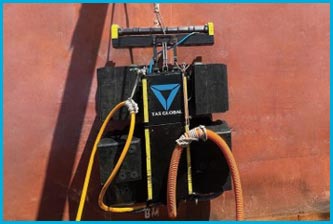
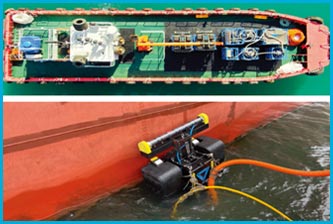
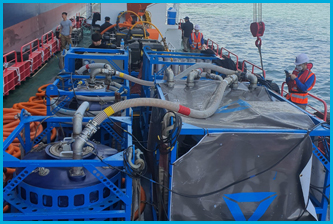
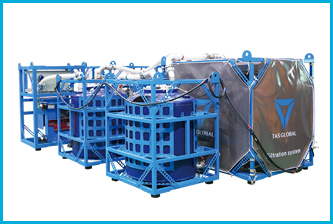
To protect oceanic environment, we have developed Filtration system that filters microorganism and particles to heavy barnacles. 3 steps filtration system makes continuous filtering while cleaning.
Our filtration system has been evaluated by 3rd party of Marine research institute as suitable for IMO guideline and ideal candidate for global standard.
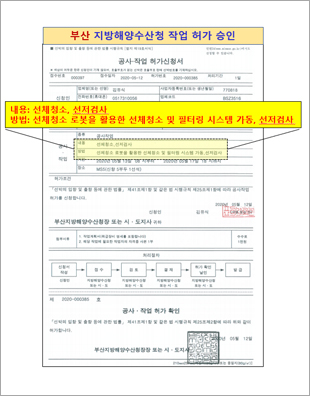
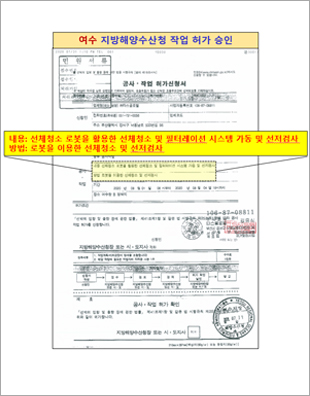
▶ Underwater Hull Cleaning Permission of S. Korean Maritime Authority
We introduced a variety of procedures to protect the laminated surface of vessels. Our process chooses the brushes that are adequate for the contaminant level, while still be the gentlest ones possible. Then it determines the rotations and the surface pressure of the brushes. While cleaning, the robot inspects the decrease of the contaminants through the cameras attached to the robots, and appropriately adjusts the pressure and rotation. These are robots that can do everything from cleaning serious problem areas to soft brushing for touch-ups.
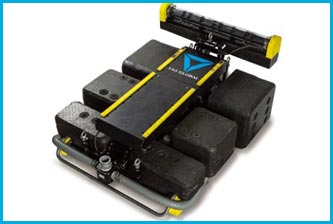
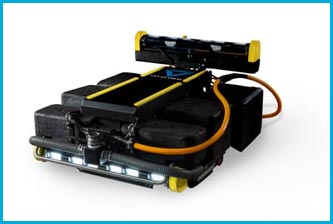
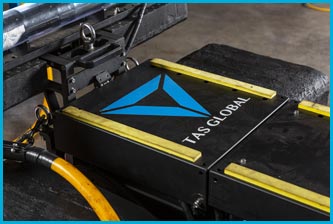
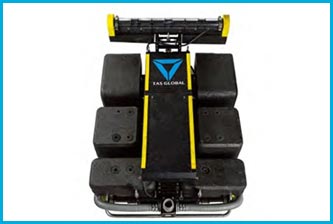
We clean during shipping, loading and unloading, and bunkering. To not affect the schedule of the vessel, we attach several robots to finish cleaning, regardless of the size and type of the ship.
We approach the vessel either from the sea or from the ground, and a maximum of four robots can be used for each cleaning.
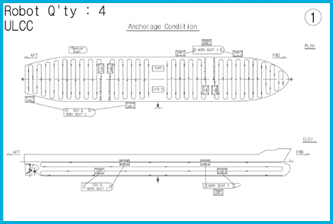
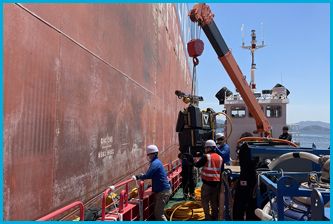
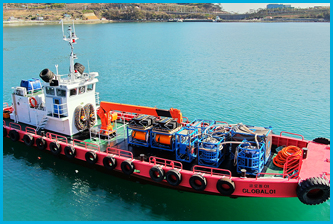
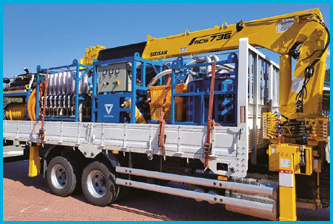
We made a portable pollution refinement system with our technology to encourage an international standard of protecting the environment and cleaning vessels underwater. Our refinement system that is attached to the robot’s body with a hose refines everything down to microorganisms and microparticles through three stages. A third-party research institute has evaluated our refinement system to be the most aligned with the standards of the International Maritime Organization, evaluating it to have a high potential of becoming an international standard.
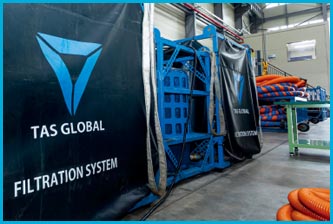
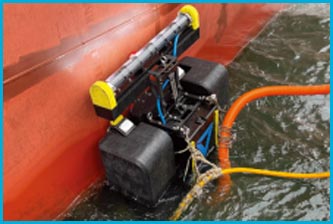
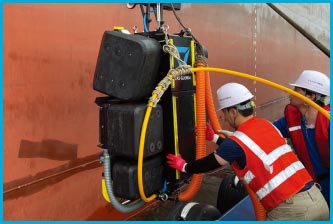
We record all the videos of the robots’ cleaning tasks, as it was previously difficult to check the cleaning quality of the manual divers’ cleaning. Our robots are equipped with six high definition cameras, which are used not only for checking contaminants and operating the robots, but also for checking the cleaning quality after the operation. Therefore, you can check the overall cleaning quality like never before.
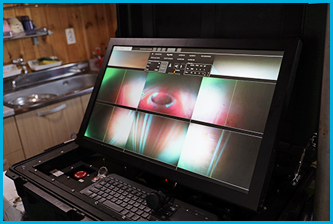
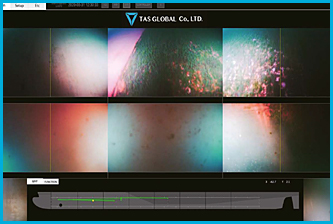
We need skilled divers for more delicate work. Divers are more efficient than robots for irregular and particularly sensitive underwater operations. While robot operation is getting its spotlight for large-scaled and standardized procedures, most of the parts that require underwater repairs have small surfaces and are irregular. Our divers are not focusing on the simple, labor-intensive processes, but instead on the operations that require a delicate, human touch. They are as crucial as our robot system. We are investing in our divers as much as we do for our robots for their proficiency and safety.
